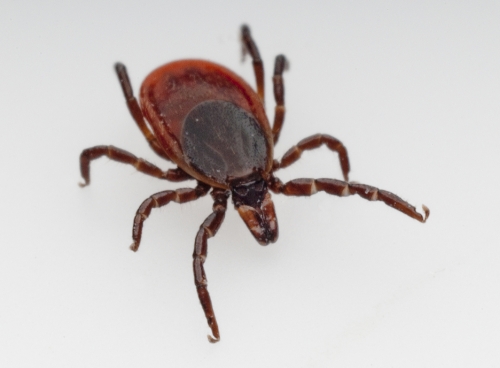By US News
April 26, 2017
Deer ticks, also known as blacklegged ticks, are tiny but dangerous – they’re the ones that spread Lyme disease bacteria, called Borrelia burgdorferi.
This year on the East Coast, ticks have been spotted in national parks in Maine, New York, Maryland, Pennsylvania, the District of Columbia and Virginia. Tick-testing laboratories are busy evaluating ticks sent in by state residents. While Lyme disease is heavily concentrated in the Northeast U.S. and the upper Midwest, it also occurs in states like Texas and Alabama. Lyme disease is also seen on the West Coast, particularly in California.
Your risk of tick-borne illness depends on a combination of factors, including where you live, the time of year, climate conditions and tick life stage. Scientists like Thomas Mather, director of the University of Rhode Island’s Center for Vector-Borne Disease, calculate these risks so you don’t have to. To scope out your local tick situation, click on your part of the country using the Current Tick Activity tool provided by the university’s TickEncounter Resource Center.
Ticks can’t tolerate long dry days, Mather says, but they love humidity. If you’re watering your lawn by Memorial Day, that’s a bad sign for tick survival. However, he says, the cloudy, rainy, humid days that beachgoers hate are “happy conditions” for ticks who will show up in force just as people head to summer campgrounds.

